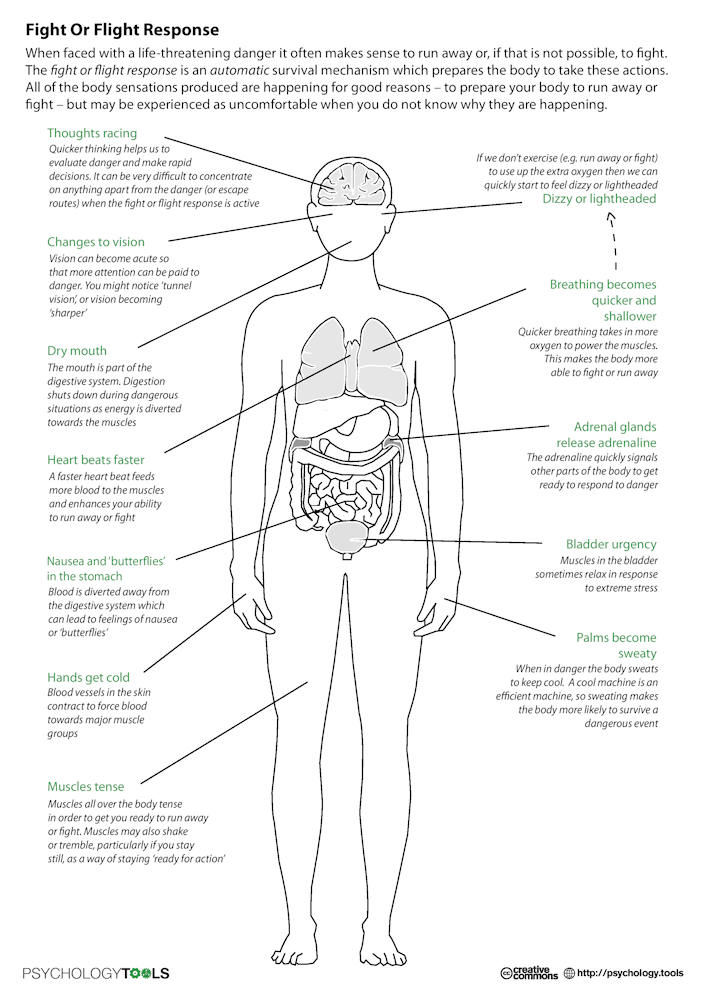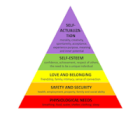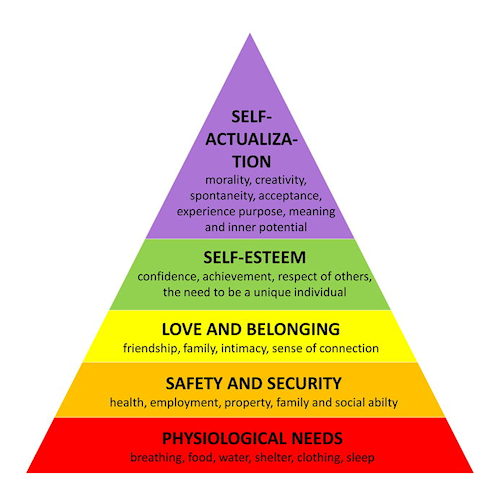All Posts in Category:Anxiety/Depression
Anxiety & Depression share
 Anxiety and depression affect a significant portion of our population: 18.1% of US adults had some form of excessive anxiety within a 12 month period in 2005 and 9.5% have some form of mood disorder.1 The numbers for a US adult having either of these two issues at some point within their lifetime is even higher: anxiety disorders, 28.8%; mood disorders, 20.8%.2 Genetics, how we were raised, poor nutrition/eating habits, lack of physical exercise, not enough sleep, use of drugs and alcohol, and life events can all play a role in why someone might struggle with anxiety and/or depression.
Anxiety and depression affect a significant portion of our population: 18.1% of US adults had some form of excessive anxiety within a 12 month period in 2005 and 9.5% have some form of mood disorder.1 The numbers for a US adult having either of these two issues at some point within their lifetime is even higher: anxiety disorders, 28.8%; mood disorders, 20.8%.2 Genetics, how we were raised, poor nutrition/eating habits, lack of physical exercise, not enough sleep, use of drugs and alcohol, and life events can all play a role in why someone might struggle with anxiety and/or depression.
Trying to eat three well-balanced, healthy meals (that include adequate protein and complex carbohydrates), getting adequate sleep (minimum 6-7 hours/night), regularly exercising (even if it’s just a 10 minute walk up the street and back), and avoiding use of drugs and alcohol can go a long way in helping to reduce the intense emotions you may be struggling with. Additionally, Cognitive Behavioral Therapy, and an newer off-shoot of it, Dialectal Behavioral Therapy, are two forms of therapy that scientific research shows to be quite effective in treating both anxiety and depression. (And, if there is underlying trauma that fuels the anxiety and/or depression, other types of therapy like EMDR, Brainspotting, Somatic Therapy, and Developmental Needs Meeting Strategy (DNMS) can really go a long way with helping the body come back to being able to feel safe and secure and significantly reliving the depression and anxiety symptoms.)
As this site continues to grow, you will find resources to help you better understand some of the struggles you are going through, to help you realize that you aren’t alone, and to find ideas about how you can move forward through the more challenging times in your life while reaching out to others friends and family (and/or therapist if you need) for support. Be sure to check out the How to Use This Site page to get you familiar with how resources are organized on the site. For those of you who would rather just jump in without an instruction manual, you can either search for key terms or move your mouse over Resource Index by Topic in the top menu bar and jump right in! The best place to start for issues based in anxiety or depression would be the Anxiety & Depression Index.
Sources:
1 Kessler Ronald C., et al. Prevalence, severity, and comorbidity of twelve-month DSM-IV disorders in the National Comorbidity Survey Replication (NCS-R). Archives of General Psychiatry, 2005 Jun;62(6):617-27.
2 Kessler, Ronald C., et al. “Lifetime prevalence and age-of-onset distributions of DSM-IV disorders in the National Comorbidity Survey Replication.” Archives of general psychiatry 62.6 (2005): 593-602
Panic & Time Magazine's "How to Increase Mental Toughness: 4 Secrets From Navy SEALs and Olympians" by Eric Barker share
Panic. Our body’s ability to prime itself for a life-saving level of physical response, “fight or flight,” is a gift. It allows us to summon every possible physical resource we have to save ourselves from a physical threat. But, when the threat is imagined or emotional, it feels really yucky to be in physical panic mode. This is especially true because our bodies, in that moment, experience temporary physical changes (i.e. increased heart rate, quick & shallow breathing, increased blood circulation to muscles, decreased blood circulation to the “rational” part of your brain, etc. Click image on the right for more details.) that can feel scary if we don’t understand why it’s happening. However, our body naturally knows how to shift out of this mode when the perception of the threat is gone. Of course, because being in that high alert mode has our body burning off a great deal of our energy in a short amount of time, we’re left feeling exhausted in the aftermath, even if we didn’t actually fight or flee.
(If you can’t see the embedded video at the top of this page, click on the following link for the article and scroll down to the second video on the page that’s titled, “Navy SEALs Mental Training.”) The video displayed at the top of this page and accompanying article explains our body’s normal fight, flight, or freeze response and ways that the Navy SEALs and Olympic athletes train to have as much control as possible over preventing their bodies from triggering this response when they don’t want it.
Emphasis is on understanding the biology behind what is happening in our bodies when we experience fear and then using four basic skills to help our minds not be unnecessarily controlled by fear and panic:
- Positive Self-Talk
- Goal Setting
- Practice Visualization
- Use Simulations (practice)
All of these techniques are key components to CBT (Cognitive and Behavioral Therapy) and are used in therapy sessions with clients every day to treat both excessive anxiety as well as depression. And, if you struggle with “panic attacks”, the fight, flight, or freeze response is technically what is happening in your body (this involves the amygdala, hypothalamus, and adrenaline). It is a normal body function that is being triggered when there is the perception of a threat and prepares us to cope with life threatening situations. However, when it comes to fear, our minds don’t differentiate between physical threats and mental/emotional threats. But, the reality is that that the fight, flight, or freeze response isn’t very helpful when it comes to dealing with mental/emotional threats. So, the better we can use coping skills to prevent ourselves from the panicking, the more success we will have in coping with the challenges we face.
The video also mentions using relaxation breathing as the primary method of quickly recovering from when our fight, flight, or freeze response has been triggered. It talks about how particularly long exhales mimic our body’s normal relaxation mode (which is a new idea for me, I’ll have to find the time to look into the research on that point) and that the increase in oxygen in the bloodstream helps get the more logical, frontal cortex of the brain re-engaged so that you can think through your situation more rationally.
So, the next time you happen to be working on improving your CBT skills, just remember that if it works for the intense challenges that Navy SEALs and Olympic athletes face during actual physical threats, with practice, it will work for you when you’re working on not freaking out about having to do something in every day life like public speaking or taking a trip to the grocery store.
TED Talk: Your Body Language Shapes Who You Are presented by Amy Cuddy, PhD (video) share
Using research science to back up her ideas (in a very NOT boring, sciency way) Amy Cuddy tells us how a simple thing like our posture affects us (our body chemistry and how we perceive ourselves) and other’s perceptions about us. Increasing how mindful we are about our body language, can impact things ranging from job success to that special person saying, “Yes!” when you ask them out for the first time. Through pictures, contemporary media clips, and interactions with her audience, Dr. Cuddy demonstrates what she has learned from her colleagues’ research and her own in a way that is easy to understand and entertaining to watch. I guarantee you’ll be sitting up straighter by the end of the video!
ADDENDUM (March ’16): The Effect of “Power Posing” Likely Depends on Context
NPR's TED Radio Hour: Maslow's Human Needs share

A famous psychologist, Abraham Maslow created a well-known and researched model, a hierarchy, of basic human needs that impact our mental health. They are ordered from foundationally important basic needs to self-fulfillment needs: physiological needs, safety needs, love and belongingness needs, esteem needs, and, finally, self-actualization needs.
This interesting TED Radio Hour episode takes a dive into thinking about these basic needs in our modern times. Using people’s individual stories to illustrate each level of Maslow’s hierarchy. If you are interested in reading a more complete overview about the hierarchy, I encourage you to take a look at this easy to read article on Simple Psychology.
Maslow’s Human Needs
Humans need food, sleep, safety, love, purpose. Psychologist Abraham Maslow ordered our needs into a hierarchy. This week, TED speakers explore that spectrum of need, from primal to profound.






